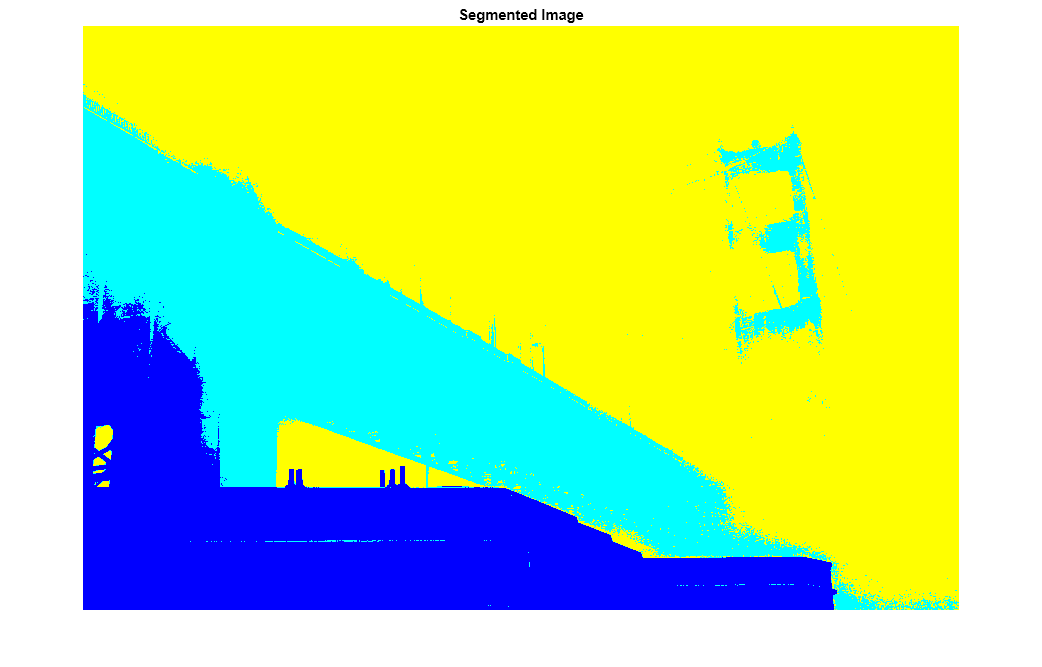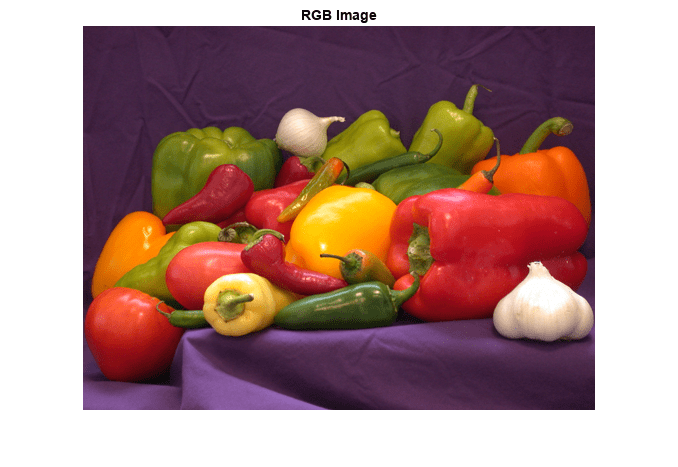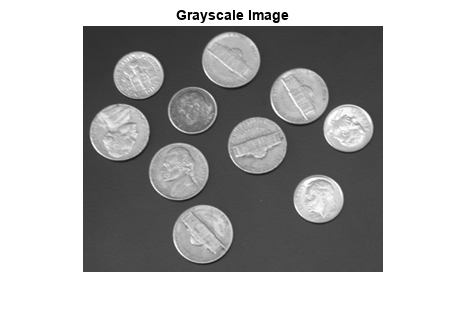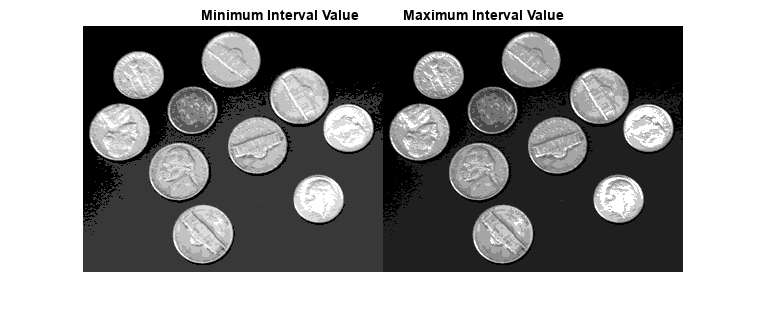imquantize
Quantize image using specified quantization levels and output values
Syntax
Description
quant_A = imquantize(A,levels)A using specified quantization values contained
in the N-element vector levels. The
quantized image quant_A is the same size as
A and contains N+1 discrete integer
values in the range 1 to N+1. The integer values are determined
by the following criteria:
If
A(k)≤levels(1), thenquant_A(k)=1.If
levels(m–1)<A(k)≤levels(m), thenquant_A(k)=m.If
A(k)>levels(N), thenquant_A(k)=N+1.





